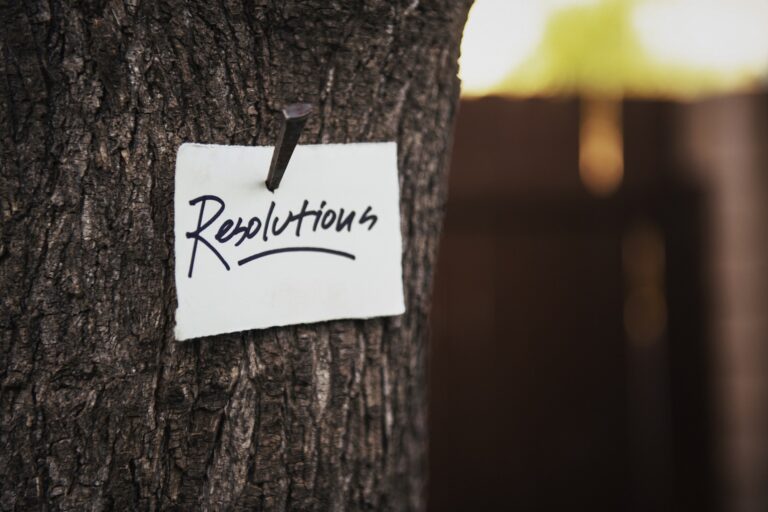A Failure to Communicate?
During these last several weeks many of us reconnected with family and friends whether when celebrating Easter or traveling for Spring Break vacations. Were you so excited to see family and friends after the long, often dreary days of winter? But were you suddenly blind-sided by a conversation that didn’t go as you hoped or an unexpected conflict? You probably experienced a failure to communicate.
Communication is such a constant part of our daily lives yet is a subject rarely discussed. Recently, during the Tuesday Zoom class I facilitate, a friend reminded us that individuals communicate and receive communication in three different ways. These are:
- Auditory Communication- these individuals receive messages and retain information most readily through listening. They remember what they hear.
- Visual Communication- these people receive information through visual stimulation. They remember what they see.
- Kinesthetic Communication-these individuals receive and retain communications through touch, activity, and feelings. They remember what they actively experience and how they feel.
When you spend time with people you can begin to identify the best way to communicate with them. In an interesting way they leave you clues as to their communication style all the time. It’s a matter of whether you recognize these or not. These clues can be found most often in comments they make.
Auditory listeners who most readily receive information they hear might comment, “Listen to me on this.” They usually choose professions where listening is important like teachers or pastors.
Visual listeners who remember what they have seenmight comment, “Do you see what I’m saying?” or “Look at this for a minute.” They usually seek out careers highlighting the visual arts and become artists or possibly photographers.
Kinesthetic listeners use verbs of action and movement and might say, “I’d like to touch on this point.” These individuals usually become surgeons or athletes, for example.
It is amazing to realize, Jesus was well aware of the different ways we listen, learn, and retain information. He was always using very down-to-earth, familiar settings and illustrations to emphasize His points. He spoke to every type of listener simultaneously.
The perfect example is seen in Luke 5:1-11. When seeing two boats floating on the sea, “He got into one of them which was Simon’s and asked him to put out a little distance from shore. And he sat down and began teaching the crowds from the boat…” He reached his auditory listeners through his speaking and teaching. He reached his visual listeners by creating a visual background of boat, water, and sky not quickly forgotten. He touched the lives of his kinesthetic listeners by actively getting into the boat causing motion and activity, piquing their interest.
So, the next time you find yourself in a conversation, begin listening for these three types of communication styles. Then tailor your responses to match the person’s ability to listen. You may find the failure to communicate either lessen or completely disappear!
Take a moment now and send me an email at info@yourrefreshedlife.com. Please share your story of a time when this helped you communicate with your family, friends, and neighbors and removed your failure to communicate!








